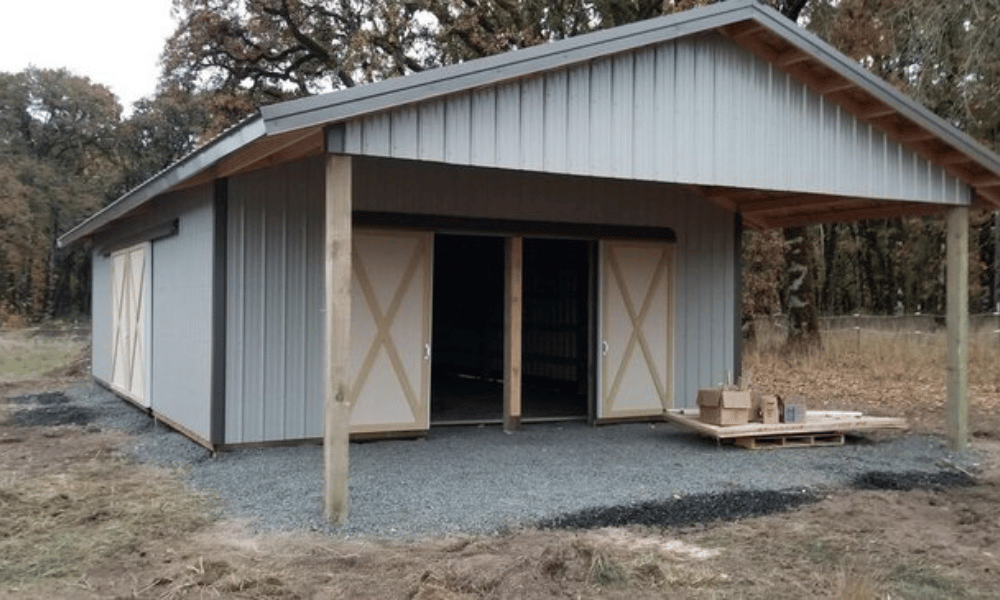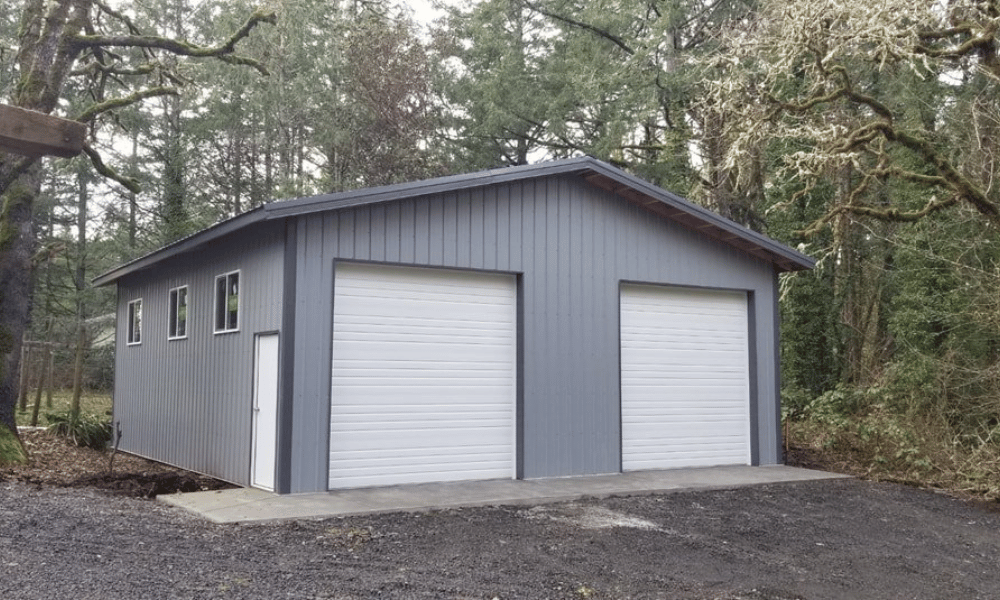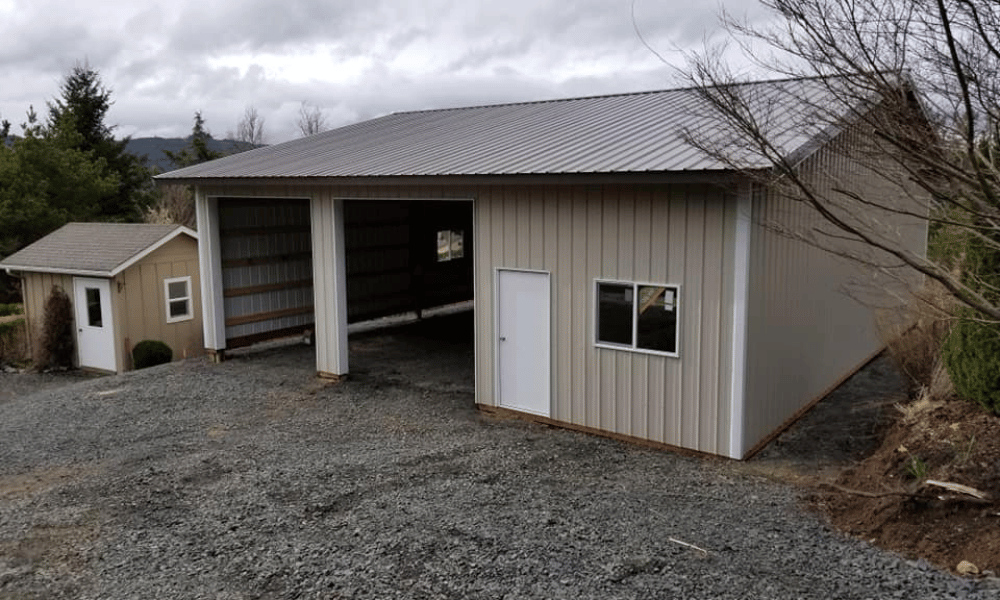Introduction
When it comes to building a pole barn, getting the dimensions right is crucial. Whether you’re planning to store equipment, create a workshop, or even set up a horse stable, the size of your pole barn can significantly impact its functionality and efficiency. In this comprehensive guide, we’ll explore everything you need to know about pole barn dimensions and how to choose the right size for your unique needs.
Understanding the various factors that influence pole barn dimensions is vital. From local regulations and intended use to budget considerations and future expansion plans, we’ll cover it all. By the end of this article, you'll be armed with knowledge that can help you make informed decisions about your pole barn project.
Pole Barn Dimensions: How to Choose the Right Size for Your Needs
Choosing the right size for your pole barn isn’t just about aesthetics; it’s about functionality and practicality. The first step in determining your ideal dimensions is clearly identifying what you plan to use the space for.
1. Understanding Your Needs
1.1 What Will You Use Your Pole Barn For?
The purpose of your pole barn will largely dictate its size. Are you simply looking for storage? Or do you intend to operate a business out of this space? Here are some typical uses:
- Storage: Equipment, vehicles, or supplies. Livestock: Housing for horses or cattle. Workshop: Space for woodworking or automotive projects. Commercial use: Small businesses like farms or craft shops.
1.2 Evaluating Future Needs
While it’s easy to focus solely on current requirements, consider how your needs might evolve over time. Will you potentially expand your operations? It’s wise to factor in future growth when deciding on dimensions.
2. Common Pole Barn Sizes
2.1 Standard Sizes and Their Uses
Most pole barns come in standardized sizes which can simplify decision-making:
- 24' x 24': Ideal for small storage needs. 30' x 40': A versatile option suitable for workshops. 40' x 60': Perfect for agricultural needs like livestock housing.
2.2 Custom Sizes
If standard sizes don’t meet your specifications, many builders offer custom dimensions tailored specifically to your requirements.
3. Local Regulations Impacting Dimensions
3.1 Zoning Laws
Before finalizing plans for your pole barn, check local zoning laws that may affect allowable sizes and placements on your property.
3.2 Building Codes
Familiarize yourself with any building codes that might dictate specific requirements regarding height limitations or structural integrity.
4. Assessing Land Availability
When choosing pole barn dimensions, consider how much land you have available:
- Are there any geographical constraints? Is there enough room for future expansion?
5. Budget Considerations
Your budget will play a significant role in determining not only the size but also the overall design of your pole barn:

5.1 Material Costs
Different materials will affect overall costs and should align with your desired dimensions.
5.2 Labor Costs
Larger structures typically require more labor hours—be sure to include this in your budget calculations.
6. Design Elements Influencing Size
6.1 Roof Height and Pitch
The height of your roof can greatly influence dimensions; higher roofs may require sturdier structures which can affect costs.
6.2 Door Sizes
Consider what types of vehicles or equipment will enter and exit; larger doors might necessitate wider structures.
7. Climate Considerations Affecting Dimensions
The climate where you live may dictate certain design elements:
- Areas with heavy snowfall may require steeper roofs. Regions prone to high winds may necessitate stronger structural supports.
8. Essential Features That Impact Size Choices
Certain features will demand additional space within your pole barn:
8.1 Insulation Needs
If insulation is necessary, factor in extra space for proper installation without compromising other functions.
8.2 Ventilation Systems
Proper airflow is essential; consider including vents which could slightly alter dimension choices.
9. Creating a Functional Layout Within Your Pole Barn
Once you've settled on an overall size, layout becomes critical:
9.1 Workshop Areas
Designate areas specifically for tools and machinery storage versus workspaces.
9.2 Livestock Spaces
Ensure there are separate areas designated for feed stations if you're housing animals.
FAQs About Pole Barn Dimensions
Here are some common questions people have regarding choosing the right size for their pole barns along with concise answers:

Q1: How big should my pole barn be?
A1: The ideal size depends on what you plan to store or use it for; however, most recommend starting with at least 24'x24'.
Q2: Can I build my own pole barn?
A2: Yes! Many DIY enthusiasts successfully construct their own barns; just ensure you understand local codes first!
Q3: What permits do I need?
A3: Depending on where you live, building permits may be required—check with local authorities before proceeding!
Q4: Is there a maximum height I should consider?
A4: This often varies by region due to zoning laws; consult local regulations before finalizing height specifications.
Q5: Will insulation add significantly to my cost?
A5: Yes, insulating materials can increase initial costs pole barn Dean Lindsey Construction but may save money long-term through energy efficiency!
Q6: Can I expand my pole barn later?
A6: Absolutely! Planning ahead during construction can make future expansions easier!
Conclusion
Choosing the correct dimensions for your pole barn is no small feat—it requires careful consideration of numerous factors including purpose, land availability, regulations, and budget constraints among others! With thoughtful planning and foresight into future needs alongside professional advice as necessary—your dream structure could soon become reality!

Take time now while dreaming up ideas; visualize precisely how you'd like this space utilized down the road—you won't regret investing effort upfront!